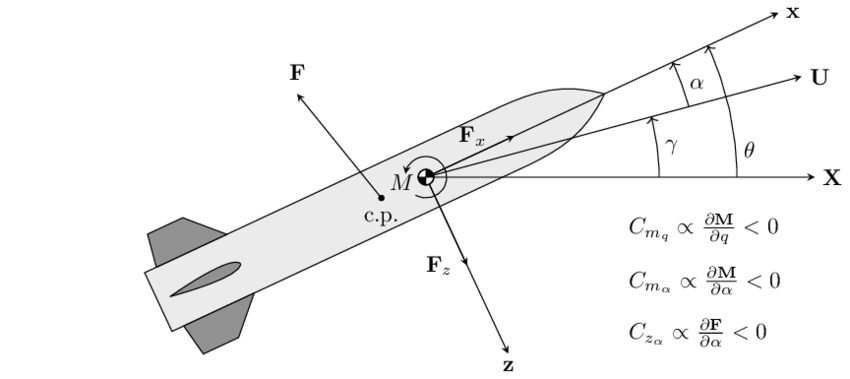Keith&Co.
Contributor
- Joined
- Mar 31, 2006
- Messages
- 22,444
- Location
- Far Western Mass
- Gender
- Here.
- Basic Beliefs
- I'm here...
When i was six, i saw a stuntman jump dtraight up off the hood of a speeding pickup, over the cab, and land in the cargo area of the same truck.
Dad explained that inertia meant he traveled with the truck, but lost speed, so he didn't jump over the cab as much as it slid under him.
Next day on the playground i had the idea that i could jump up on the merry-go-round bench and i'd come down on the next bench. Four guys were pushing the MGR for all they were worth, i let go of the bar, jumped straight up, and hit Mrs. Kleinkopff at at pretty good clip. She was just walking over to say something about safety. (Steel equipment on concrete. 1967 satey was playground monitors shouting, 'Don't die!' One adult per 70 children... yeah, not sure how we lived).
Dad never got around to explaining the flaws in my physics, he couldn't stop laughing.
This comes up because a friend of my cousin, who is trying to orgaanize a protest at Subbase Kitsap, has numerous criticisms of the missile program. One is that in case of war, our missiles will be flying over the North Pole. There's apparently 'no telling' how the guidance system will be affected, as all our test shots go west to east, not north to perfect north.
I'm thinking the GS should not give a rat's ass, right?
Once we launch, it becomes an independent body. It has inertia based on what Earth was doing when it let go of the bar, but it won't be continuing in the rotation. Like jumping off the merry-go--hurt, it'll take its speed at time of launch into consideration, but it no longer cares about Earth's axis or spin.
Or am i missing something?
More importantly, though, the chance of a viable target being exactly opposite the pole from the weapon assigned to it is vanishingly small. We'd have yo work really hard to shoot a missile over that small a target.
Far, far more importantly, powered flight is a small fraction of missile flight. Never mind how TV and James Bond make it look like the missile is intact right up to impact, the GS is done way before it gets that far. Not an issue.
Dad explained that inertia meant he traveled with the truck, but lost speed, so he didn't jump over the cab as much as it slid under him.
Next day on the playground i had the idea that i could jump up on the merry-go-round bench and i'd come down on the next bench. Four guys were pushing the MGR for all they were worth, i let go of the bar, jumped straight up, and hit Mrs. Kleinkopff at at pretty good clip. She was just walking over to say something about safety. (Steel equipment on concrete. 1967 satey was playground monitors shouting, 'Don't die!' One adult per 70 children... yeah, not sure how we lived).
Dad never got around to explaining the flaws in my physics, he couldn't stop laughing.
This comes up because a friend of my cousin, who is trying to orgaanize a protest at Subbase Kitsap, has numerous criticisms of the missile program. One is that in case of war, our missiles will be flying over the North Pole. There's apparently 'no telling' how the guidance system will be affected, as all our test shots go west to east, not north to perfect north.
I'm thinking the GS should not give a rat's ass, right?
Once we launch, it becomes an independent body. It has inertia based on what Earth was doing when it let go of the bar, but it won't be continuing in the rotation. Like jumping off the merry-go--hurt, it'll take its speed at time of launch into consideration, but it no longer cares about Earth's axis or spin.
Or am i missing something?
More importantly, though, the chance of a viable target being exactly opposite the pole from the weapon assigned to it is vanishingly small. We'd have yo work really hard to shoot a missile over that small a target.
Far, far more importantly, powered flight is a small fraction of missile flight. Never mind how TV and James Bond make it look like the missile is intact right up to impact, the GS is done way before it gets that far. Not an issue.

